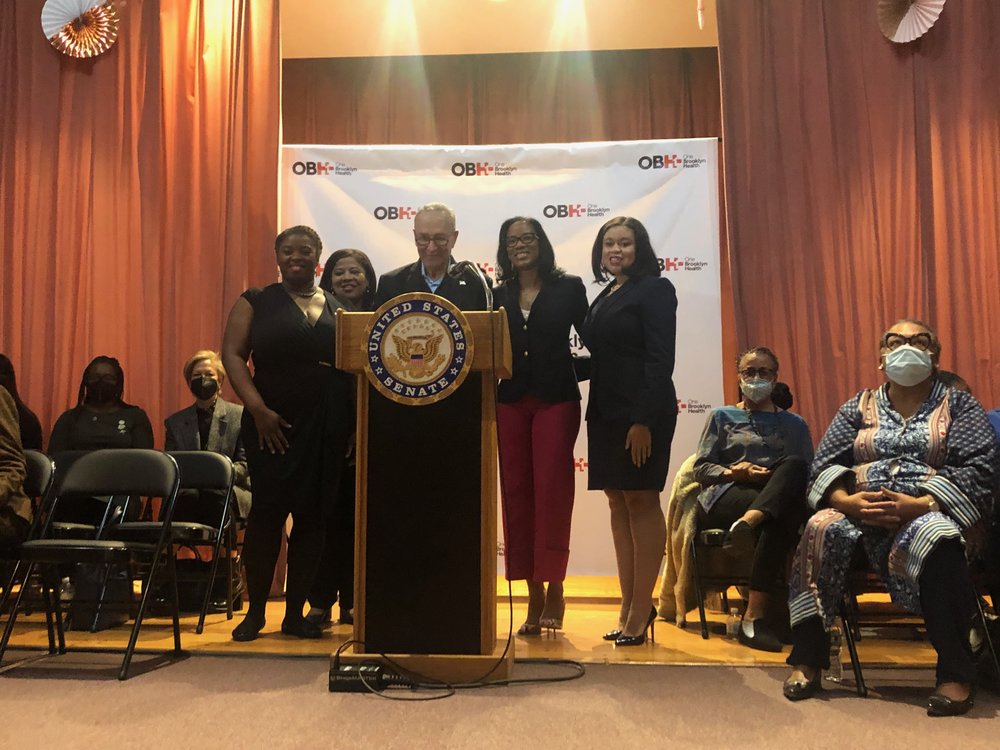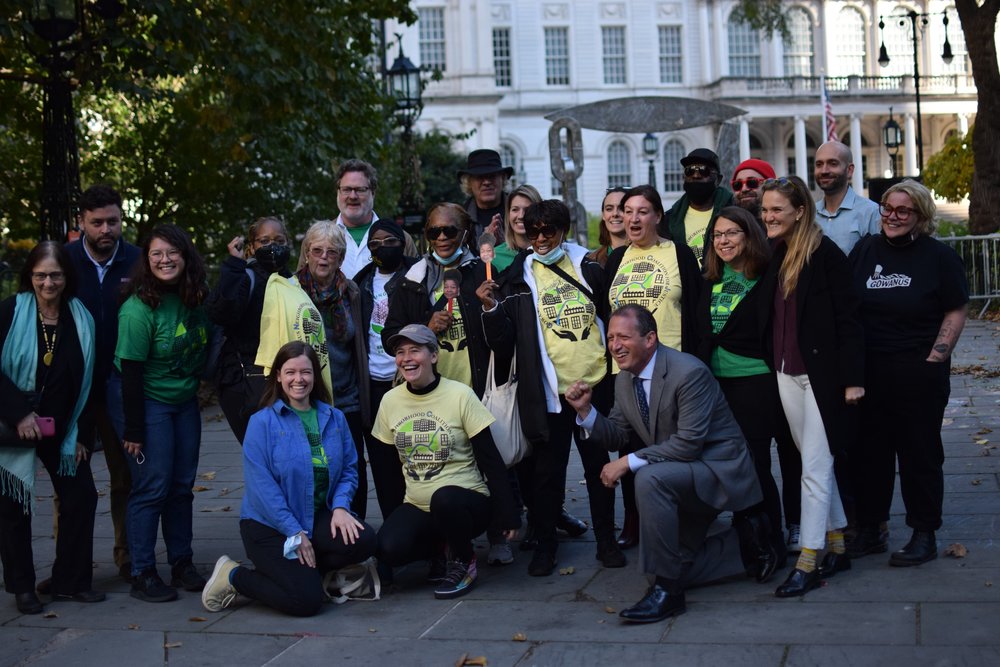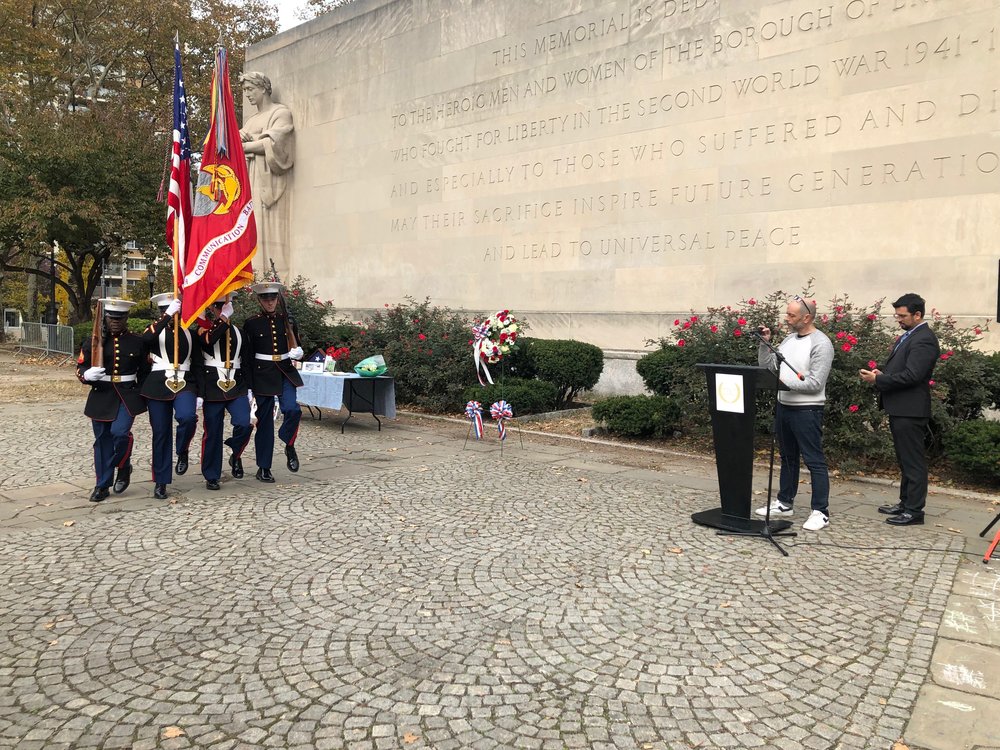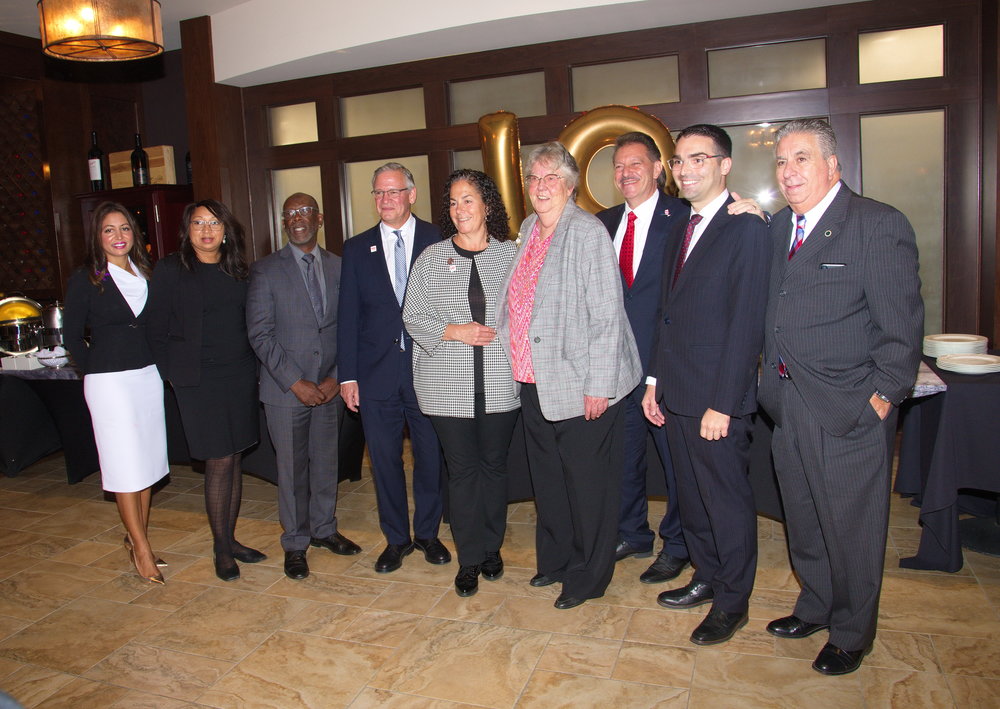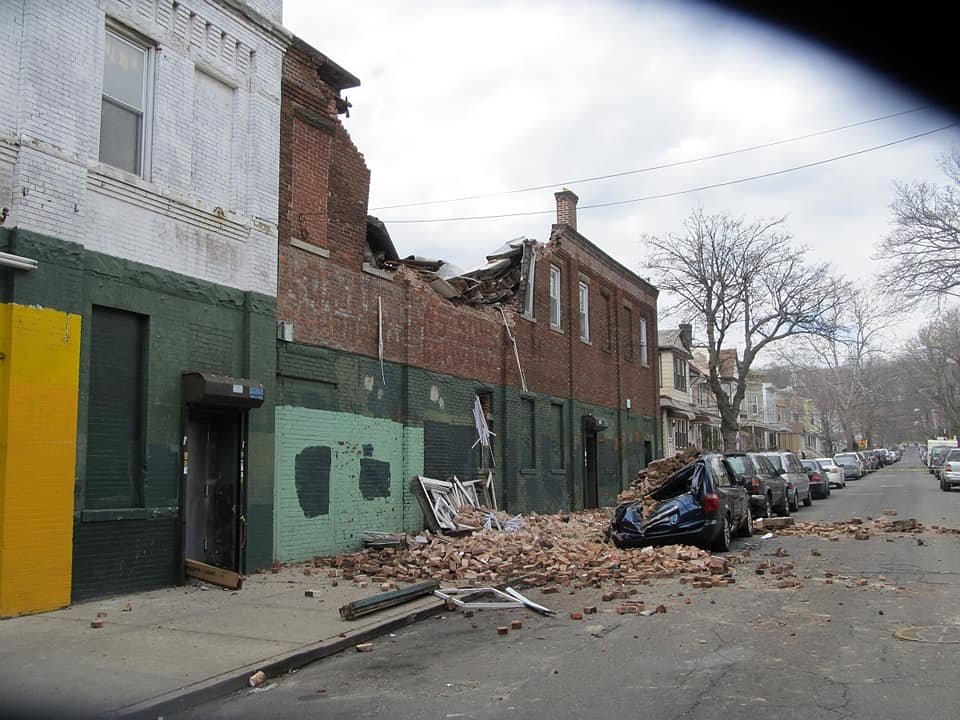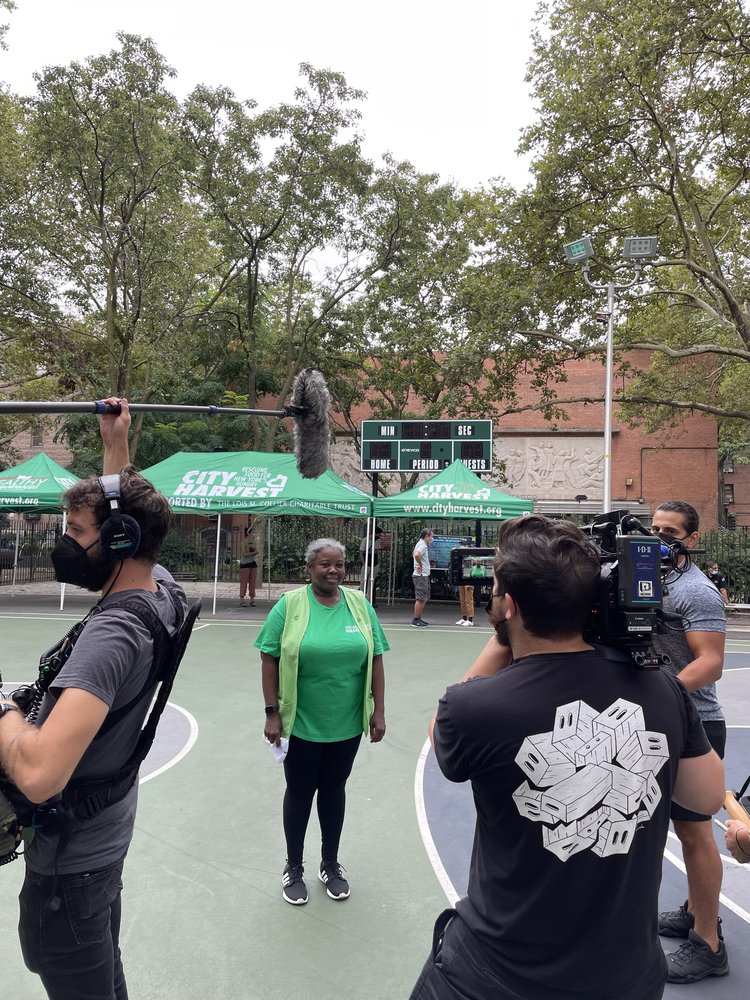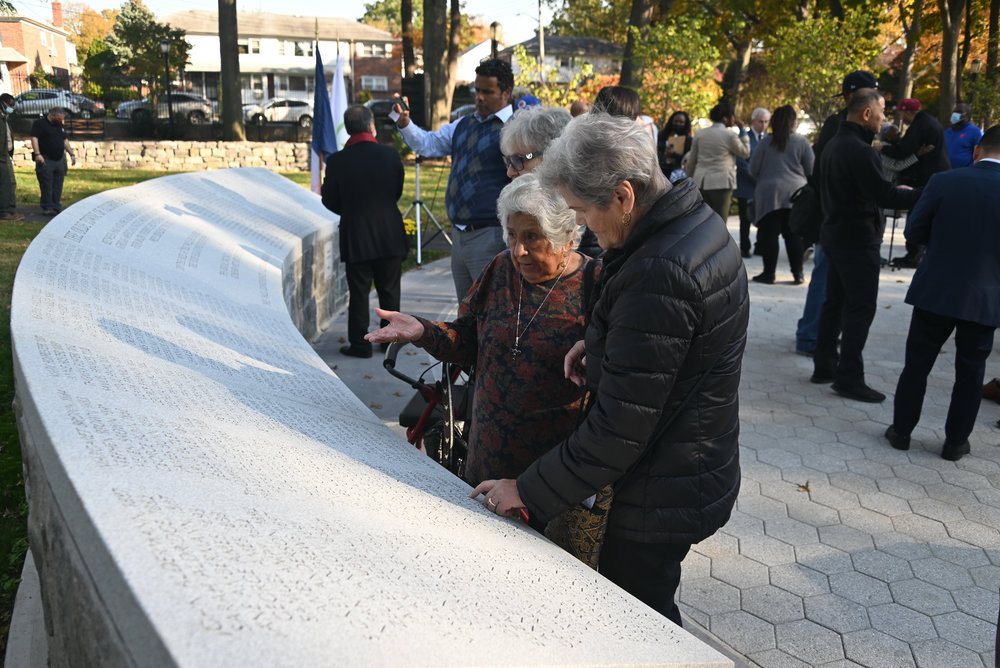‘Momnibus’ aims to improve maternal health among minorities
Calling out a stark discrepancy in nationwide maternal care, Senator Chuck Schumer visited Brookdale Hospital in Brooklyn to stress the importance of the Black Maternal Health “Momnibus” Act.
Speaking alongside the Olori Sisterhood, Schumer outlined a two-pronged plan to combat what he calls one of the greatest health crises the country faces.
Black and Native American women in the U.S. are three times more likely to die than white women from pregnancy-related causes, and black babies are twice as likely to die than white babies, according to the Center for Disease Control and Prevention (CDC).
While 700 pregnancy deaths occur per year, two-thirds of them are considered preventable.
In New York City, black women have an eight times greater risk of pregnancy-related death than white women. They were also three times more likely than their white counterparts to experience severe maternal morbidity, which can include blood clots, kidney failure, stroke or heart attack.
“That should make every American hang their head in shame,” said Schumer. “We have to change it.”
Schumer says the Momnibus Act, tucked into the Build Back Better legislation, grows and diversifies the perinatal workforce, aiding hospitals with federally sponsored training on how to reduce maternal mortality.
A handful of community-based organizations will be funded under the legislation as well, Schumer added.
“It will expand on existing health legislation and address impacts of COVID and climate change on maternal health as well,” he said last week.
Additionally, Schumer and elected officials on hand called for permanent enhancements to Medicaid coverage for new mothers, including providing one year of postpartum coverage, up from the current 60 days required by federal law.
A temporary version of this policy was already passed as part of the American Rescue Plan, and Schumer says he hopes the yearlong postpartum coverage iwill be permanent. The senator is also pushing for Medicaid coverage for midwives and doulas.
“The Momnibus will deliberately address the needs of women, especially Black, Hispanic and Native women, who are more likely to live in poor health and die younger,” said Congresswoman Yvette Clarke. “These disparities are not inevitable, there are ways to reduce and even eliminate these disparities.”
Funding for access to no-cost drop-in childcare for pregnant and postpartum women will be included in the legislation, Clarke said. Grant opportunities will also be available to community-based organizations and public health departments to address the needs of each community.
“We must never forget that the time is always now to improve women’s lives, especially those unfairly and historically impacted by neglect and deliberate mistreatment,” she said.
India Sneed, the wife of Public Advocate Jumaane Williams, spoke of her own personal birth experience, which she said included being subjected to an unnecessary C-section.
Last summer, Sneed suffered a miscarriage and was told she had cervical cancer. Now five months pregnant, Sneed recalled her emotional experience.
“Being ignored after a miscarriage, when my partner and I needed mental health resources, being pointed towards a hysterectomy after I routinely expressed interest in having more children, and being dismissed with respect to my request for fertility treatments, my story is not a unique one,” said Sneed. “It’s pretty routine to the Black community.”


